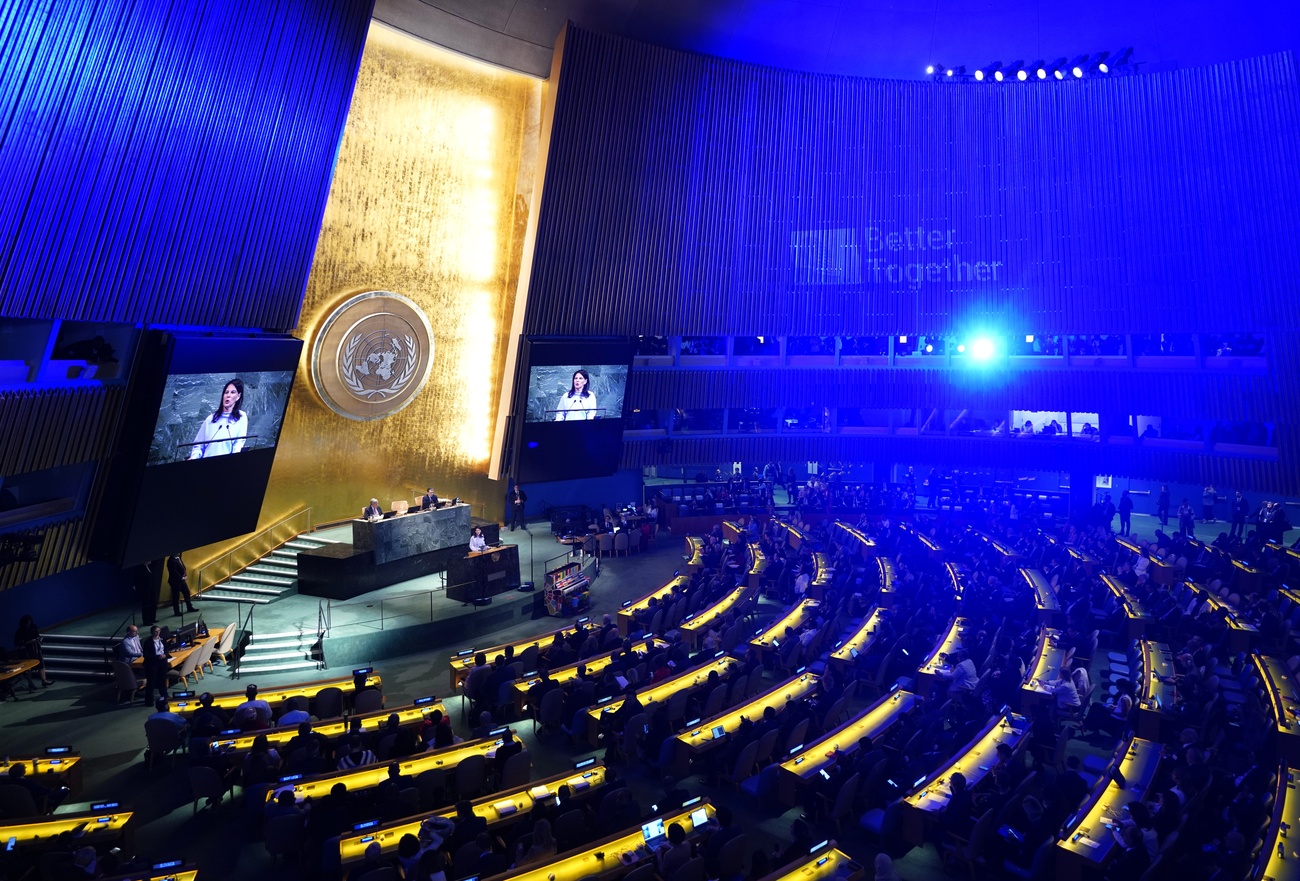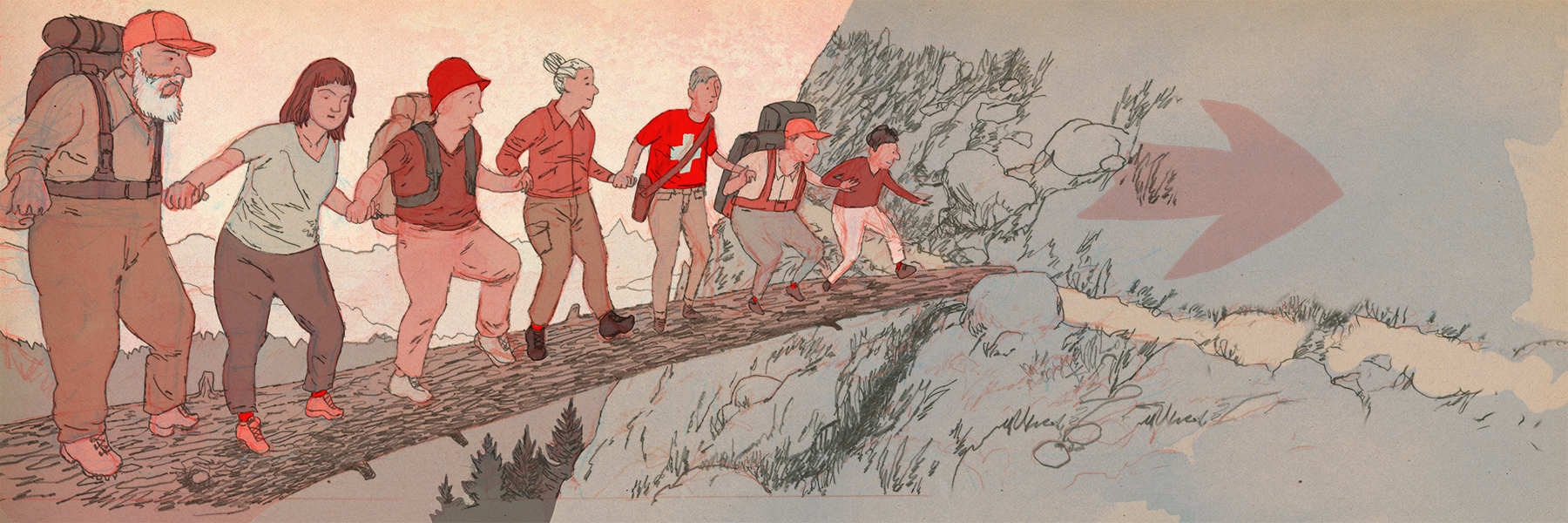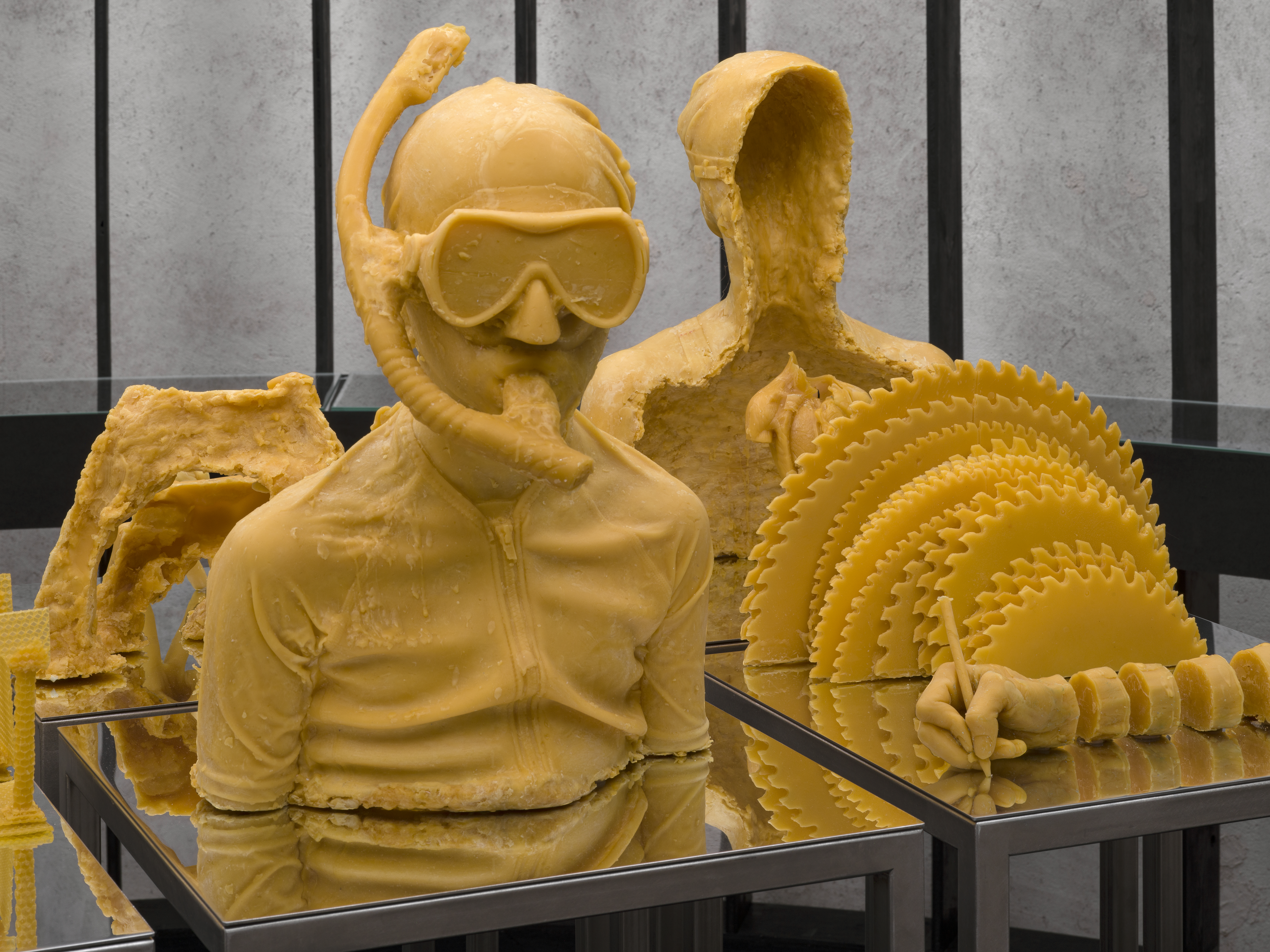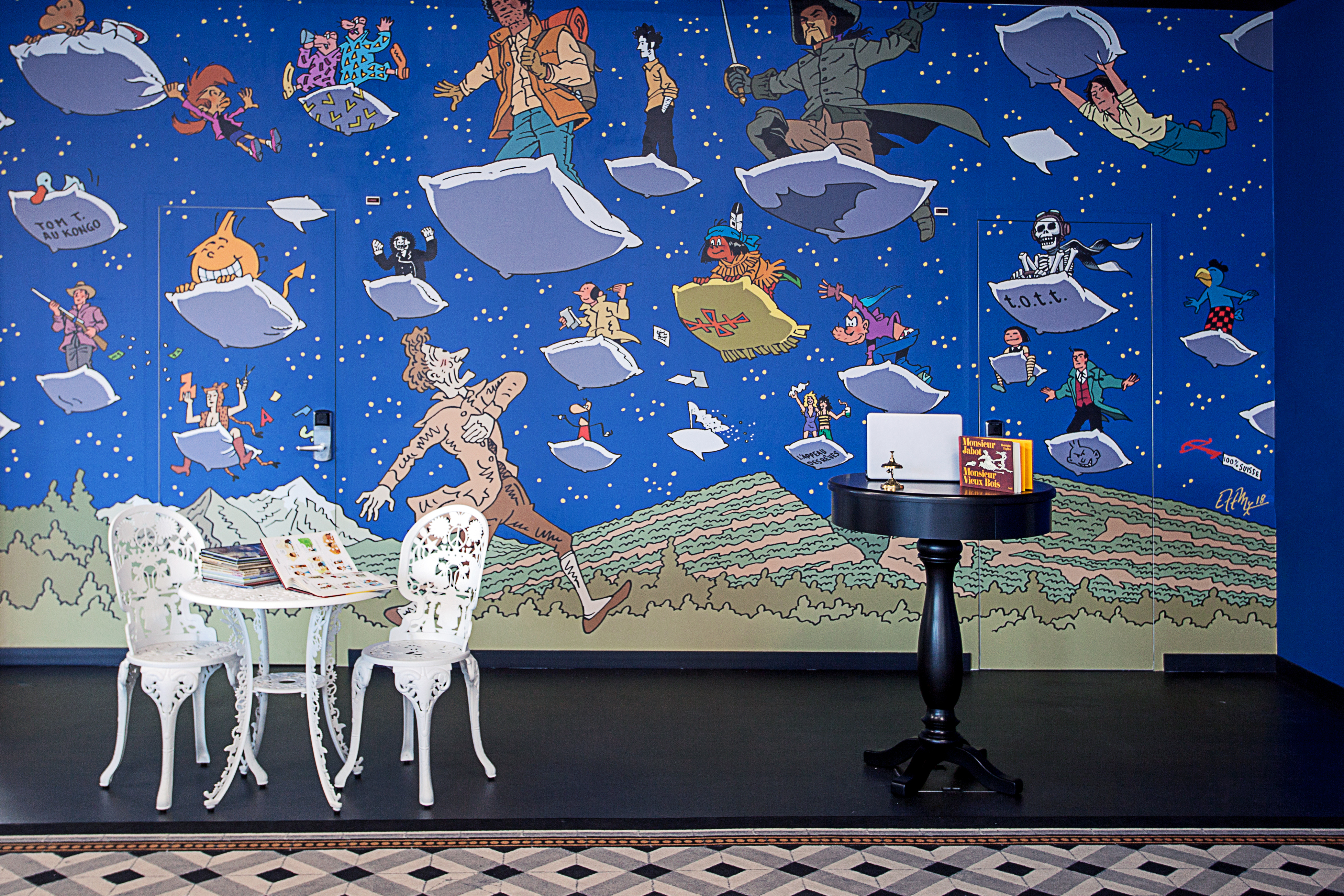
New fears surface regarding old ammo dumped in Lake Geneva
Environmentalists are sounding the alarm about ammunition dumped in Lake Geneva decades ago.
The French group Odysseus 3.1External link sent divers to investigate the exact location and condition of unused ammunition that a company called Hispano-Suizo had disposed of in Lake Geneva in the 1950s and 1960s. After the Second World War, the Swiss government had given the army permission to jettison unused military equipment this way. Geneva banned the practice in 1962.
This autumn, the divers found four crates of ammunition at a depth of about 50 meters, announced Odysseus 3.1 on Friday. They are not buried under sediment and therefore quite exposed and considerably more dangerous.
“In ammunition there may be arsenic, cyanide, and carcinogenic products associated with explosives. We don’t want to have that in drinking water or affecting aquatic wildlife,” University of Geneva sediment specialist Stéphanie Girardclos told Swiss public television, RTSExternal link.
According to diver Lionel Rard, the president of Odysseus 3.1, the damaged crates are about 150 meters from a pipeline and a drinking water sensor.
“We simply want the authorities to take action to clean up the lake. We are not here to judge what was done in the past. On the other hand, those who now know what’s happening and who have the means to intervene will be judged by future generations,” he said.
Gilles Mulhauser, director general of the Geneva Cantonal Water Office, told RTS he was not particularly worried: “In our opinion there is no major pollution in the vicinity of these munitions.”
But he acknowledged that the lack of sediment created a new situation. “We will have to analyze this situation and see to what extent we must order specific works or actions.”
In lakes Brienz, Lucerne and Thun, local authorities have decided it is safer to leave the ammunition in place as it lies about 200 meters under the surface, with enough sediment to ward off corrosion.

More
Living on top of old explosives

In compliance with the JTI standards
More: SWI swissinfo.ch certified by the Journalism Trust Initiative



























You can find an overview of ongoing debates with our journalists here . Please join us!
If you want to start a conversation about a topic raised in this article or want to report factual errors, email us at english@swissinfo.ch.